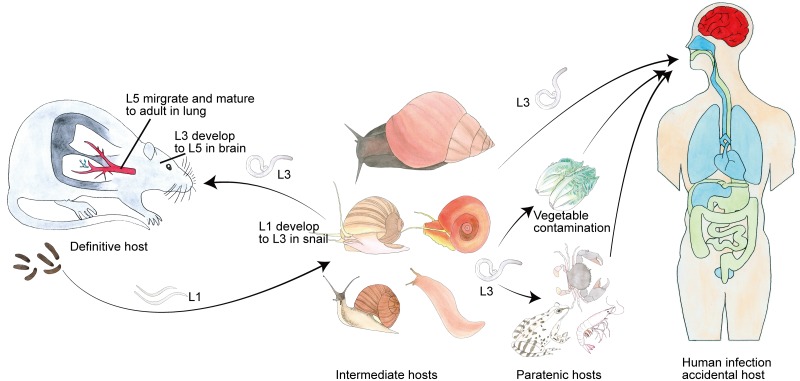Fig 1. The complex life cycle of A. cantonensis.
The complete life cycle of A. cantonensis requires two different hosts (snail and rat): L1 larvae are excreted in the feces of a definitive host (rat). When ingested by an intermediate host, they develop into infective L3 after molting twice and are maintained at that stage until they are eaten by a definitive host. The L3 are ingested by a rat and invade intestinal tissue and then migrate to the central nervous system (CNS), where they molt twice and develop into L5. Finally, these worms leave the brain and then reach the pulmonary arteries, where they become fully mature adults. Human infections are acquired by eating undercooked snails, paratenic hosts such as frogs, or contaminated vegetables containing L3 of A. cantonensis. Since humans are non-permissive hosts of A. cantonensis, the larvae reach to the brain and cause eosinophilic meningitis.

